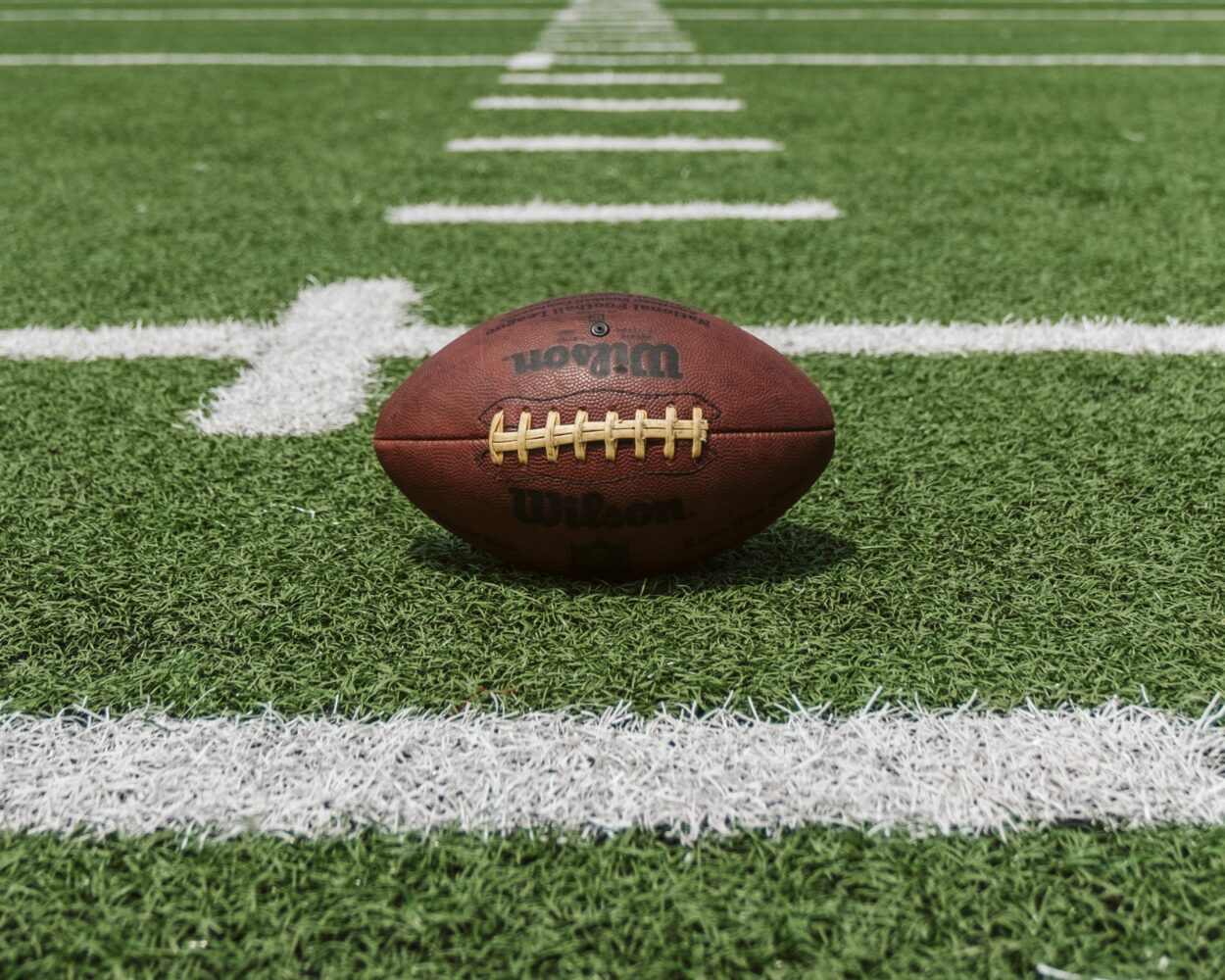The Super Bowl is just around the corner, which means a new slate of iconic (and expensive) Super Bowl ads. Super Bowl advertising prices are surging even higher than their all-time high from 2021 with NBC charging 6.5 million dollars to air a 30-second ad in 2022.
In some ways, those prices aren’t surprising. We found that 62% of all videos posted on Youtube about the Super Bowl are about the ads, not the football. In other words, Super Bowl ads stick in viewers’ heads which is just part of the reason marketers scramble to get a piece of the airtime.
Looking at those Super Bowl advertising statistics, it’s clear that these ad campaigns remain prohibitively expensive. However, we’re also seeing changes in certain Super Bowl advertising trends, such as increasing inclusivity and diversity and pushing for engagement across multiple screens and platforms. Here are the five Super Bowl ad trends to watch for.
1. Sitting Out, Staying Flexible
The pandemic has been hard on everyone, especially businesses. 2021 saw a significant decrease in the number of big name-brand companies that chose to advertise compared to previous years. For example, only three automakers ran commercials.
The trend of big names sitting out continues. Soft drink giant Coca-Cola will not be running a commercial for the second year in a row. The candy company Mars Wrigley has also announced plans not to air ads as they had in the past. Three car companies—Jaguar, Hyundai, and Lexus have also announced they will not be showing commercials in the 2022 Super Bowl.
Many other companies that have announced plans to return to the Super Bowl after a break have had to remain flexible while preparing their commercials. Advertisers need to bear in mind that the NFL has prepared contingency plans if COVID restrictions make the game an impossibility in California.
Companies that have historically advertised in the Super Bowl but have elected not to do so have a unique opportunity to reassess their marketing strategies.
In 2021, Avocados from Mexico chose not to run ads because they realized that people wouldn’t be throwing watch parties and eating chips and guac. They reinvested their ad budget to focus on YouTube cooking channels.
And in 2022, a spokesperson for Mars Wrigley said, “We will not be producing an ad for this year’s Super Bowl, and instead plan to deliver better moments and more smiles to our consumers by celebrating our brands in other ways.”
We predict that in later years, more big-name companies will choose to spend their marketing budgets elsewhere.
2. Pandemic Awareness
Economics isn’t the only reason certain businesses aren’t running ads in 2022. Viewers are exhausted by the continuing COVID-19 pandemic, and the goofy ads that might have once gone viral can seem a bit trivial and tasteless.
Some companies that have elected to sit out the Super Bowl have done so in the name of safety, donating the money they would have spent on ads to COVID-19 research instead.
Though they might not be showing commercials during the game, that doesn’t mean there’s a lack of marketing strategy at play. In 2021, companies that didn’t run ads received attention and acclaim for their conscientious decision. In essence, they received free press by not running an ad. The same continues into 2022, when the absence of a large company, such as Coca-Cola, is enough to make the news.
As long as the pandemic continues, we can expect to see some companies choosing not to participate in the Super Bowl for the time being.
3. New Blood
Thanks to the gap created by the absence of giants such as Coca-Cola, Hyundai, Tide, and more, there’s space for newer companies to make it into the Super Bowl ad scene.
While we aren’t seeing quite as many new companies as we did in recent years (a total of 19 companies debuted an ad at the Super Bowl for the first time in 2021), we are still seeing a healthy amount of newcomers entering the 2022 Super Bowl game.
In 2022, viewers are seeing commercials for the first time from Irish Spring, cryptocurrency company FTX, Monday.com, Hologic, K-drama streaming site Rakuten, and a few more.
We’re expecting to continue this trend as bigger names drop out and create space for smaller ones.
4. More Diversity and Inclusivity
We continue to see advertising agencies adopting more diverse and inclusive stances in their advertising. Better representing the diverse American population, Black and Indigenous people of color (BIPOC) are making it into commercials for the 2022 Super Bowl.
Just a few examples:
- Rapper Megan Thee Stallion will be appearing in Frito-Lay’s ad.
- Idris Elba is the spokesperson for Booking.com’s commercial.
- NFL players Jerome Bettis and Victor Cruz are appearing in spots for Pepsi.
Audiences respond extremely well to diversity in advertising and even advocate for it. Super Bowl advertising will only continue to represent diversity better and more accurately.
5. Push for More Engagement
With each passing year, the Super Bowl is being watched on small screens just as much as on flatscreens. More and more viewers will be watching from their smartphones or will have their smartphones nearby, presenting a unique marketing opportunity.
Audiences’ tendencies toward multi-screen viewing are something that marketers are hoping to tap into by challenging audiences to like, share, or otherwise interact with brands. Platforms such as YouTube can run ads in real-time in parallel to Super Bowl ads for extra impact.
This is a trend that will only intensify in the years to come as technology makes it even easier to connect with viewers.
Find Brand Ambassadors
As trends change, your marketing strategies need to adapt. Channel Factory makes it simple to find the right brand ambassadors for your company.
Contact us today to learn more.
